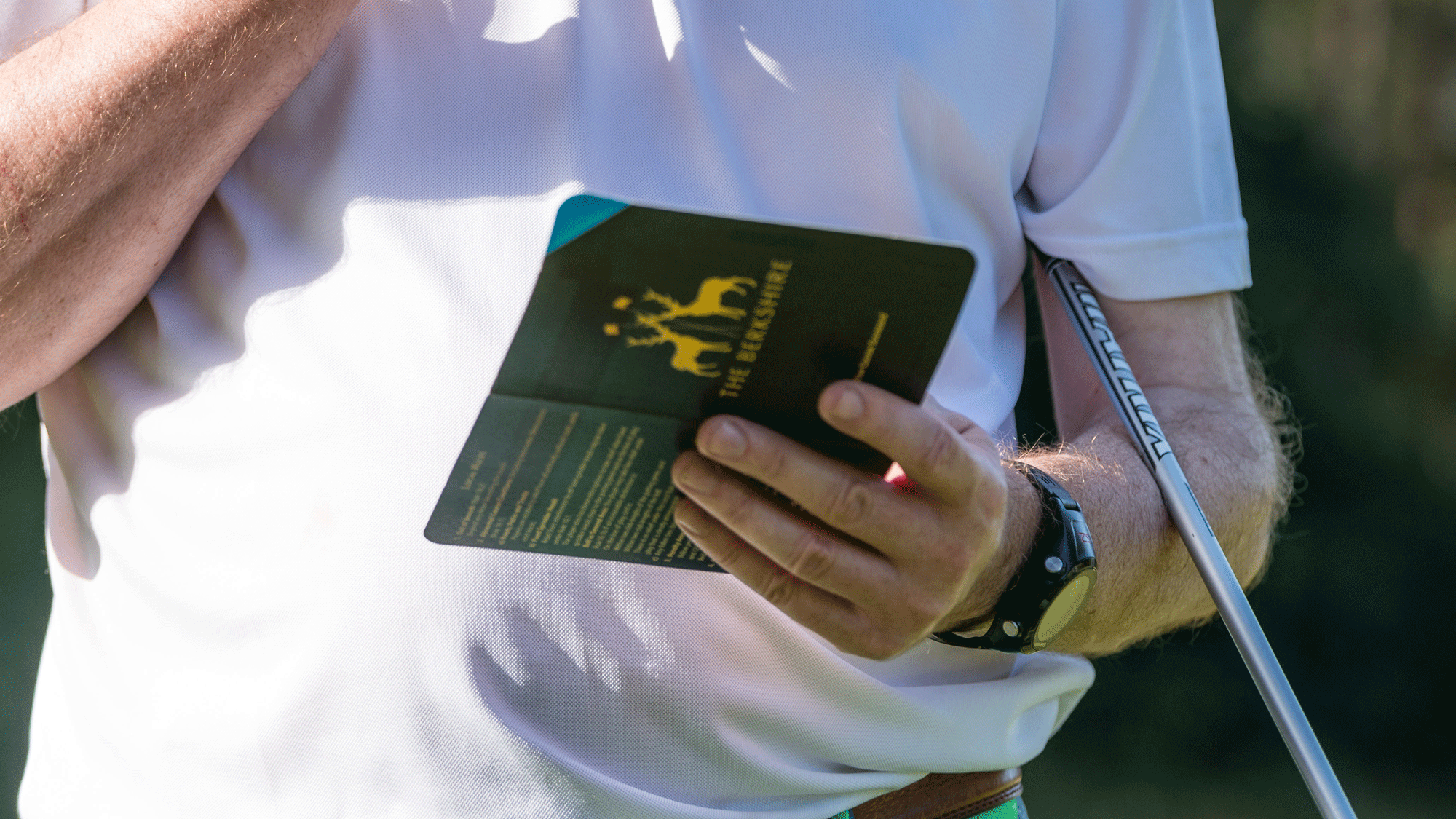How Does Countback Work In Golf?
Countback is a commonly used way to separate players who are tied after a certain golf competiton has finished, but what is it and how does it work?


How Does Countback Work In Golf?
Countback is a way to separate tied players after the conclusion of a golf competition. If it's not possible to play more holes to settle the event on the course, this method is often employed by the club secretary or handicap secretary.
The way countback is calculated can vary according to club rules or the rules of a particular competition. But here follows an explanation of the standard method.
In an 18-hole event, ties are separated by the best score over the final nine holes. These are defined by the final holes on the standard scorecard, not the final nine holes a player may have completed. By means of explanation, if it was a shotgun start or a two-tee one, not every player would play holes 10-18 last.
If the best score for the last nine holes does not separate out a winner, then the final six holes are used, and, if that still fails to provide a definitive outcome, the final three holes. If a tie still persists then the score on the final hole is used.
In 27- 36- 54- and 72-hole events, the last 18 holes are first used for countback. If this cannot separate a tie, then the countback method for 18-hole events is then applied, as described in the paragraph above.
In a Stableford competition the point scores for each hole is used and totalled, and as such is nice and straightforward. But in a handicap strokeplay competition is gets a bit more complicated.
Rather than use the net scores on each hole, standard practice is to deduct handicaps in proportion. Thus for countback on the last nine holes, half the handicap is applied.
Get the Golf Monthly Newsletter
Subscribe to the Golf Monthly newsletter to stay up to date with all the latest tour news, equipment news, reviews, head-to-heads and buyer’s guides from our team of experienced experts.
At most courses, they alternate the stroke indexes between the front and back nines, so this rarely has a noticeable effect on a back-nine countback. But, when it gets down to a third of the handicap for the final six holes and a sixth for last three holes, players can then start to get shot on parts of the course where they do not normally get them.
Contributing Writer Roderick is the author of the critically acclaimed comic golf novel, Summer At Tangents. Golf courses and travel are Roderick’s particular interests. He writes travel articles and general features for the magazine, travel supplement and website. He also compiles the magazine's crossword. He is a member of Trevose Golf & Country Club and has played golf in around two dozen countries. Cricket is his other main sporting love. He is also the author of five non-fiction books, four of which are still in print: The Novel Life of PG Wodehouse; The Don: Beyond Boundaries; Wally Hammond: Gentleman & Player and England’s Greatest Post-War All Rounder.
-
 The Last Time Rory McIlroy Won A Major (Prior To The 2025 Masters)....
The Last Time Rory McIlroy Won A Major (Prior To The 2025 Masters)....We wind the clock back to the year 2014, when Rory McIlroy was the heir-apparent to Tiger Woods
By Michael Weston Published
-
 I'm Thrilled For Rory McIlroy But Gutted For Class Act Justin Rose... I'd Love Him To Win Another Major
I'm Thrilled For Rory McIlroy But Gutted For Class Act Justin Rose... I'd Love Him To Win Another MajorJustin Rose pushed Rory McIlroy all the way in The Masters, and while I am super impressed by the Career Grand Slam, part of me is hurting for the Englishman...
By Barry Plummer Published